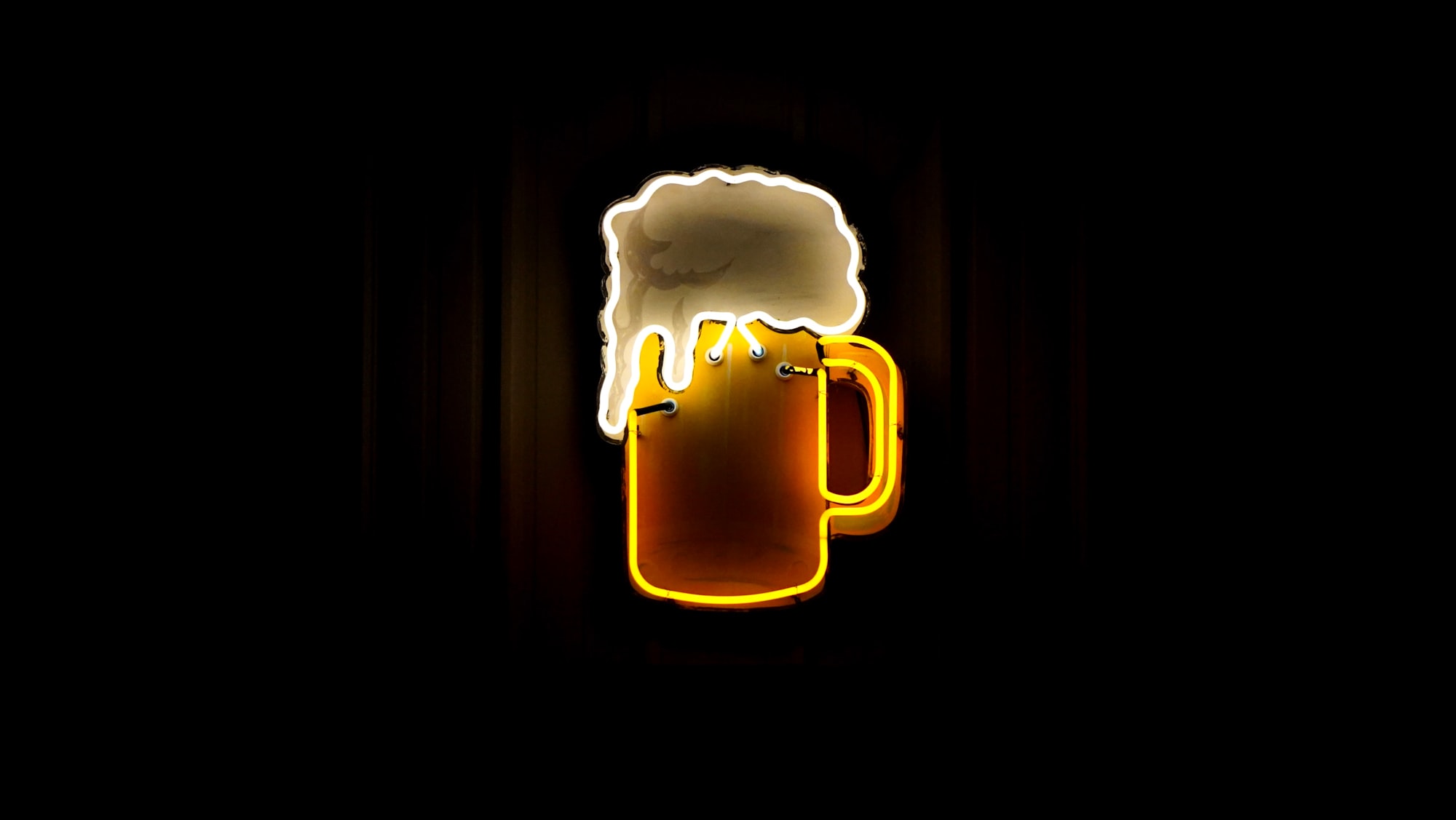
When I first started out on my brewing journey, I bought a Brooklyn Brew Shop Punk IPA kit. I’d love to say that my first batch turned out well, but honestly, it didn’t taste great at all. Over time I started to produce better beers, and for a few years after that I used a mis-match collection of pots and pans for brewing.
Eventually, I decided to invest in a Grainfather G30 and it has certainly made brewing more fun.

I am always interested in making small tweaks and improvements to my brewing process and I recently brewed a Lager using the decoction mashing method. If you’ve not heard of decoction mashing before, it involves removing a portion of the mash, boiling it and returning it to the main mash. This might sound tricky, but it can produce a beer with a more complex and robust malt profile in the beer.
Due to the Grainfather being an all-in-one brewing system, it needs a little bit of tweaking during brew day to make decoction mashing a little easier. Don’t worry – the whole process is a lot easier than you think! In this article, I’ll show you how to decoction mash in a Grainfather brewing system.
How to Decoction Mash in a Grainfather
The following is a pretty loose guide to decoction mashing, and of course you can adapt this to suit your own needs. In order to perform a decoction mash on a Grainfather, you will need:
- A Grainfather G30 (obviously!)
- A separate pot – which should be enough to hold 1/3 of the mash. For example, if your grains equal 5 kilograms, then it would be around 1.6 kgs including water.
- A ladle
- A source of heat to boil the mash in the pot
To perform a decoction mash in a Grainfather, you will need to follow these steps:
- Fill the Grainfather with the desired amount of water in your recipe.
- Add your milled grains to the Grainfather and stir to ensure there are no clumps.
- Start the mash and allow it to rest at 50°C (122°F) for around 20-30 minutes, until the temperature stabilizes. This is known as a protein rest.
- Stop the mash from recirculating on the Grainfather controller. This is important because in the next step, you are going to open the lid.
- Remove a portion of the mash using a ladle or a Grainfather mash paddle. The amount you remove depends on the beer style you are brewing and your personal preference. Generally, you should remove about one-third of the total mash volume.
- Transfer the portion of the mash to a separate pot and heat it to boiling. That’s right, you want to see it bubbling away. You can do this on a stovetop or with a separate heat source.
- While the smaller pot is boiling away, you can close the lid and restart the mash recirculation on the Grainfather again.
- Boil the portion of the removed mash for around 20-30 minutes, depending on the beer style you are brewing.
- Stop the mash recirculation on the Grainfather controller and return the boiled portion of the mash to the Grainfather and stir it into the remaining mash. You should now have all of the grains back in the Grainfather.
- You are also going to want to increase the temperature in the Grainfather to around 65°C (150°F) now depending on your recipe and beer style. Allow the mash to recirculate for the remainder of the mash schedule, usually around 60-90 minutes, until it has fully converted into sugar.
- Proceed with a mash out step at around 75°C (167°F) .
- Once the mash is complete, sparge the grains with hot water to extract as much sugar as possible.
- Proceed with the boil and whirlpool as you normally would.
In this article, I’ve chosen to run through a single decoction mash which is a good place to start and keep things simple. However, if you are looking to experiment further there are other techniques such as a double decoction or triple decoction.
Is Decoction Mashing Worth It?
Decoction mashing is a time-consuming process that requires additional equipment and effort. The truth is that it will unfortunately add a bit of time to your brew day.
However, many homebrewers believe that the added complexity and depth of flavor make it worth the extra effort. Personally, I tried a decoction mash and was very pleased with it. When I poured my first decoction mashed lager, it was exploding with malty flavours and a thick, white fluffy head. It is also said that decoction mashing contributes to clarity, body and head retention.
If you are looking to brew a traditional beer style or experiment with different techniques, decoction mashing is definitely worth trying.
How Long Does It Take to Boil a Decoction?
The amount of time it takes to boil a decoction depends on the amount of grain being boiled and the desired end result. Generally, you should boil the decoction for around 20-30 minutes. However, some brewers may choose to boil the decoction for a longer period of time to achieve a more complex malt profile.
Summary
Decoction mashing is a technique that can take your homebrew to the next level. While it requires extra equipment and effort, many homebrewers believe that the added complexity and depth of flavor is worth it. With the Grainfather, you can easily experiment with this traditional brewing method and create unique and delicious beers. We hope this guide has helped you understand how to decoction mash in a Grainfather and inspired you to try it out for yourself. Happy brewing!






